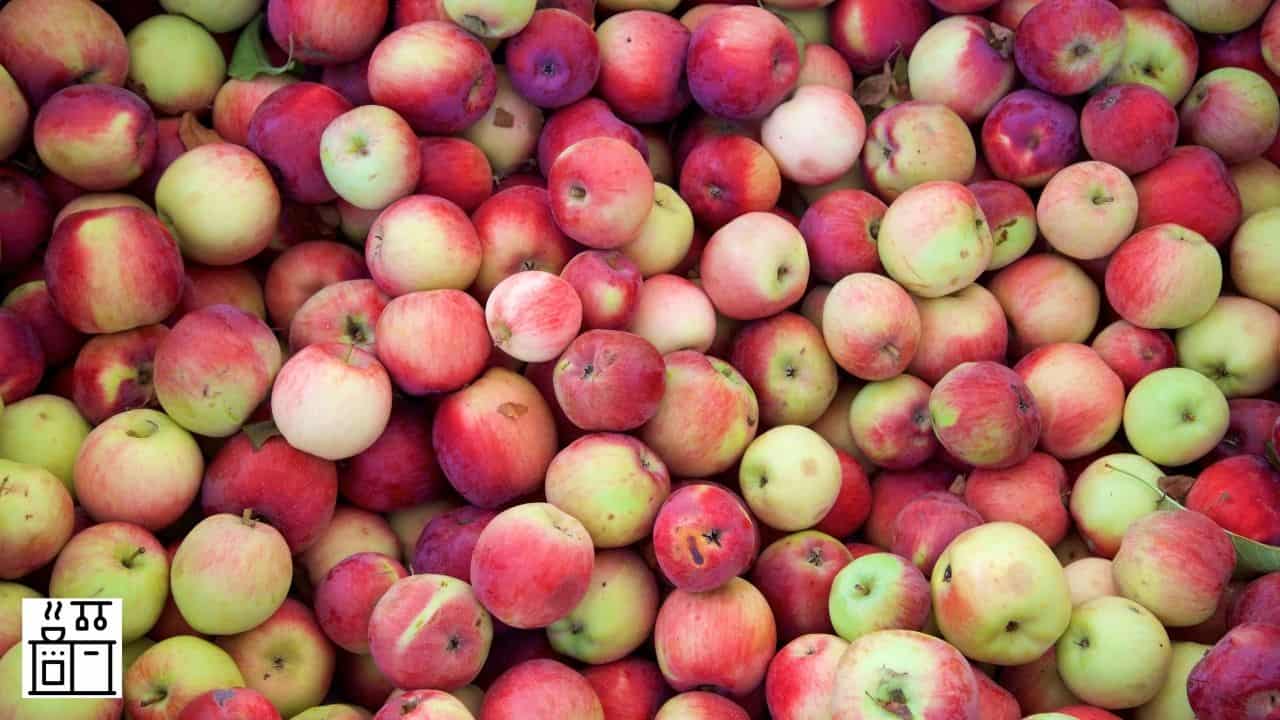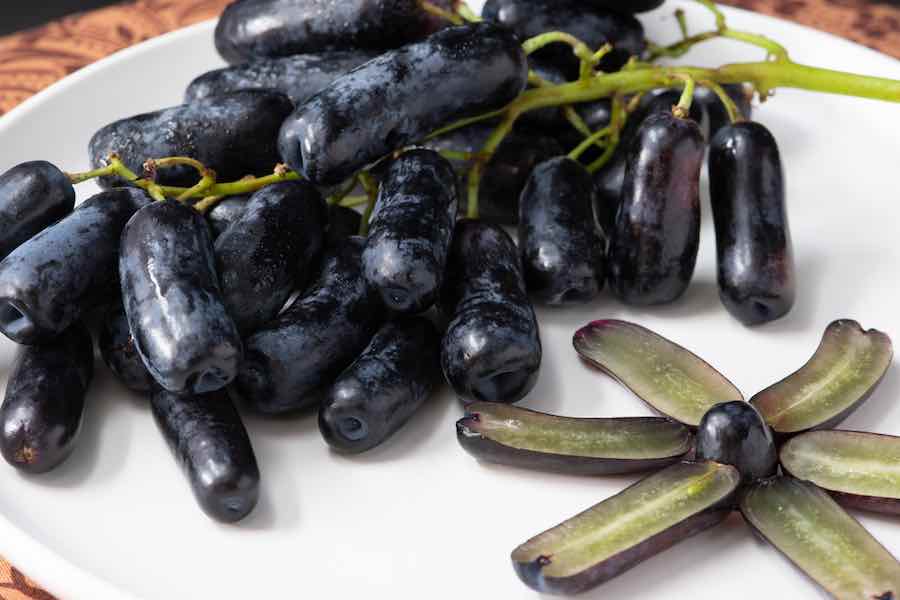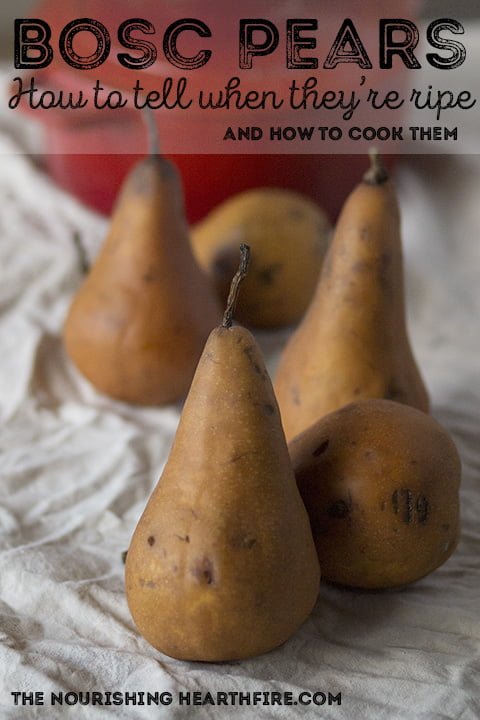In this article, we will explore the characteristics that distinguish sour apples from their sweeter counterparts. By examining the various apple varieties and their differing tastes, we aim to shed light on the intriguing world of tartness in the apple kingdom. Discovering what makes certain apples tangy and how our taste buds perceive this acidity can help us make informed choices when selecting apples for culinary creations or simply for a refreshing snack. Join us on this flavorful journey as we unravel the secrets behind the sourness of apples.
What Makes Apples Sour
Acidity Levels
One of the main factors that determines the sourness of apples is their acidity levels. Acidity refers to the presence of acids in the fruit, which can give the apples their tangy and sour taste. The pH scale is commonly used to measure acidity, with values below 7 indicating greater acidity. Apples usually have a pH level ranging between 3 and 4, making them moderately acidic.
Tartaric Acid and Malic Acid
Two primary acids found in apples that contribute to their sourness are tartaric acid and malic acid. Tartaric acid is a natural component of many fruits, including apples, and it gives them a distinctive acidic taste. Malic acid, on the other hand, is responsible for the fruity and tart flavor in apples. The combination of these two acids in different concentrations is what gives apples their unique sourness.
Unripe Apples
Unripeness is another factor that contributes to the sour taste in apples. When apples are unripe, they have higher levels of starch and lower levels of sugar. As the apple ripens, the starch is converted into sugar through enzymatic processes, making the fruit sweeter. However, unripe apples lack this sugar conversion, resulting in a more pronounced sourness.
Varieties of Sour Apples
Not all apples have the same level of sourness. Some apple varieties are known for their particularly sour taste. Here are a few examples:
Granny Smith
Granny Smith apples are famous for their sourness. These green-skinned apples have a high acidity level which gives them their signature tangy and tart flavor. They are commonly used in baking and cooking due to their unique taste.
Crispin
Crispin apples, also known as Mutsu, have a moderate level of sourness combined with a crisp, juicy texture. They are commonly enjoyed fresh or used in salads for their refreshing taste.
Spartan
Spartan apples have a balance of sweetness and sourness, leaning more towards the sour side. They have a bright red skin and a firm texture, making them suitable for both eating raw and cooking.
Pippin
Pippin apples are known for their intense sourness. They have a complex flavor profile with a sharp and tangy taste. They are often used in the production of apple-based products like cider and sauces.
Culinary Uses of Sour Apples
Baking
Sour apples, with their acidic and tart flavor, are excellent choices for baking. The acidity can help balance the sweetness in baked goods, creating a harmonious flavor profile. They can be used in pies, tarts, and cakes to add a zesty and refreshing element to the dessert.
Cooking
Sour apples can also be used in cooking to add a tangy twist to savory dishes. They can be incorporated into dishes like stews, sauces, and roasts to provide a contrasting flavor to the richness of the other ingredients. The sourness of the apples adds a bright and lively element to the overall dish.
Sauces and Jams
The natural sourness of apples makes them ideal for making tangy sauces and jams. They can be cooked down and combined with sweeteners to create a deliciously balanced sauce or spread. Whether it’s a savory apple chutney or a sweet and tangy apple jam, sour apples can add a delightful complexity to these preparations.
Cider Production
One of the most popular uses for sour apples is in the production of apple cider. Cider is typically made from a blend of different apple varieties, including those with high acidity levels. The sourness of these apples contributes to the complexity and refreshing taste of the cider, making it a beloved beverage worldwide.
Balancing Sourness in Recipes
Sweet and Savory Pairings
When working with sour apples in recipes, it is important to consider the balance of flavors. Combining sour apples with sweet ingredients can help mellow out the sourness and create a well-rounded dish. For example, pairing sour apples with sweet caramel or honey can create a delicious contrast of flavors.
Sugar and Spice
Using sugar and spices can also help balance the sourness of apples. The sweetness of sugar can counteract the acidity, while spices like cinnamon or nutmeg add warmth and depth to the overall taste. This combination of sweet and spicy flavors can transform the sourness of the apples into a delightful culinary experience.
Acidic Ingredients
Incorporating other acidic ingredients can complement the sourness of apples and create a harmonious flavor profile. Ingredients like lemon juice or vinegar can enhance the natural acidity of apples while adding complexity to the dish. By carefully balancing the acidity levels, the sourness can be controlled in a way that enhances the overall taste.
Health Benefits of Sour Apples
Vitamin C Content
Sour apples, like many other fruits, are rich in vitamin C. This essential vitamin is known for its immune-boosting properties and its role in promoting overall health. Vitamin C acts as an antioxidant, helping to protect cells from damage caused by free radicals and contributing to the body’s natural defense system.
Antioxidant Properties
The sourness of apples is often an indication of their antioxidant content. Antioxidants, such as flavonoids and polyphenols, are compounds that help neutralize harmful free radicals in the body. These compounds have been linked to various health benefits, including reducing the risk of chronic diseases and promoting heart health.
Gut Health and Digestion
The sour taste in apples can stimulate digestion and promote gut health. The natural acids found in sour apples can aid in the breakdown of food and enhance nutrient absorption. Additionally, the fiber content in apples supports healthy digestion and can help regulate bowel movements.

Preventing Sourness in Apples
Ripening Process
To prevent excessive sourness in apples, it is important to allow them to ripen properly. During the ripening process, the starch in apples is converted into sugar, reducing the tartness and increasing the sweetness. Apples should be harvested at the right time and given adequate time to ripen before consumption to ensure a well-balanced flavor.
Storage Conditions
Proper storage conditions are crucial in maintaining the flavor profile of apples. Cold storage helps slow down the ripening process and preserve the sweetness of the fruit. However, storing apples alongside other fruits can lead to cross-contamination of flavors, potentially making them sour. It is recommended to store apples separately to maintain their intended flavor.
Bruising and Decaying
Bruised or decaying apples are more likely to taste sour. These damaged areas can alter the natural balance of acids and sugars in the fruit, resulting in increased tartness. To prevent sourness, it is important to handle apples with care and promptly remove any damaged or decaying parts.
Conclusion
The sourness of apples is influenced by various factors, including acidity levels, specific acids like tartaric and malic acid, ripeness, and apple variety. Understanding these factors can help in selecting the right apples for specific culinary purposes, balancing their sourness in recipes, and appreciating their health benefits. Whether you’re baking a pie, enjoying a crisp apple fresh off the tree, or sipping on a glass of apple cider, the sourness of apples adds a zingy and refreshing dimension to our culinary experiences.



